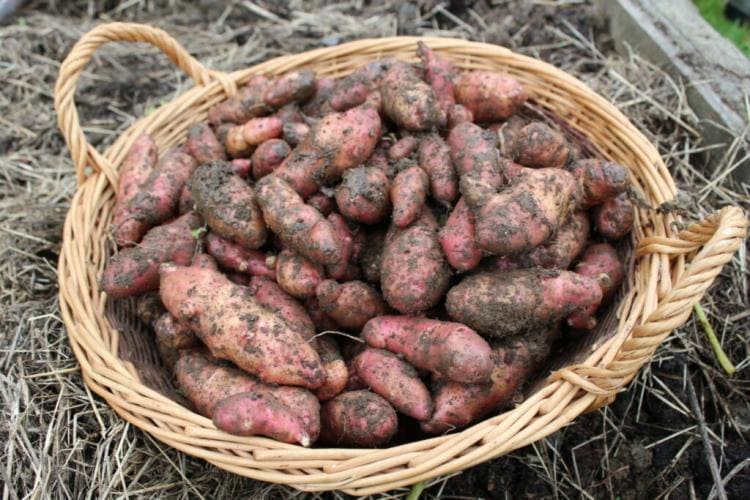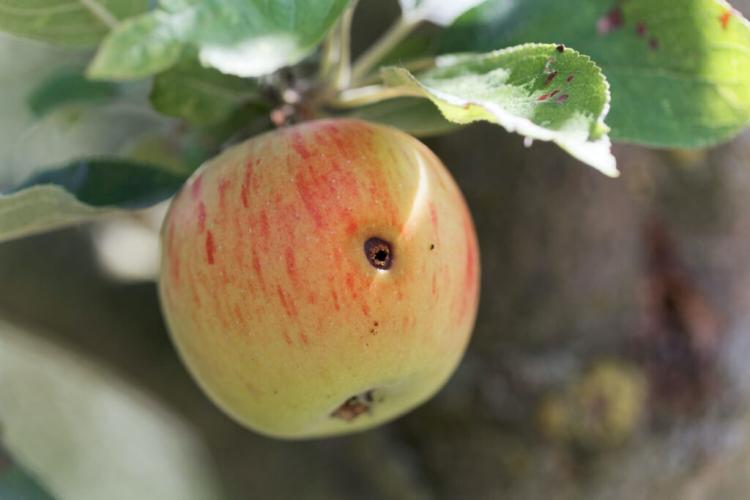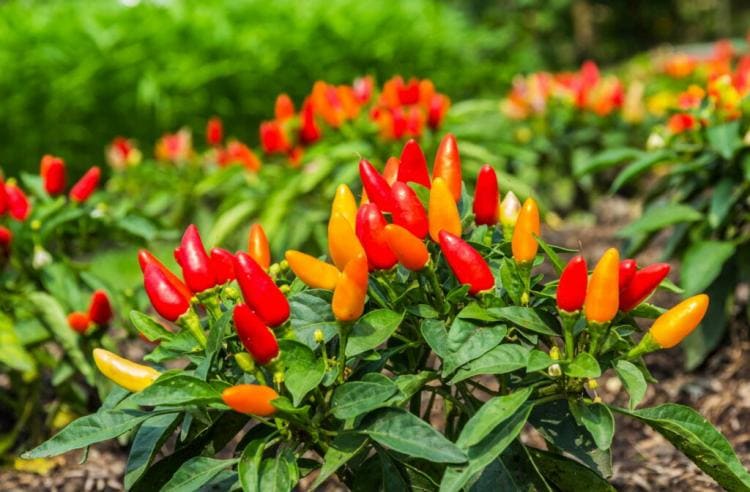Lavender plants: location, flowering time & instructions
Even if the lavender comes from the Mediterranean, it is easy to plant here. We show what to consider when planting lavender.
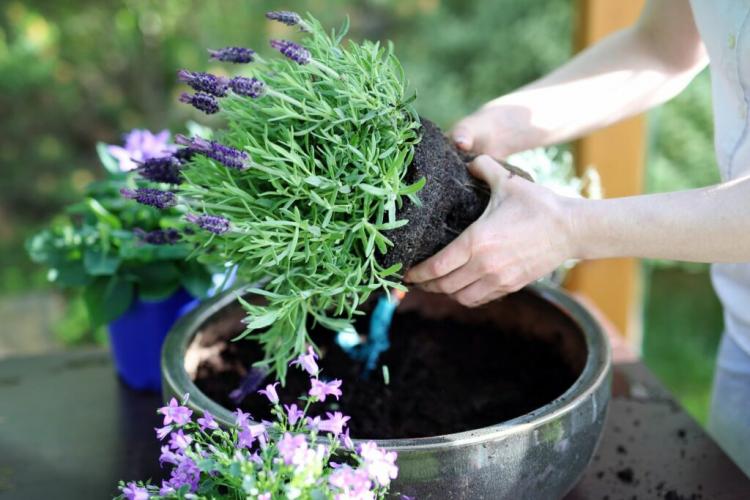
Lavender also feels very good in the pot [Photo: Robert Przybysz / Shutterstock.com]
In its Mediterranean homeland, the subshrub from the mint family (Lamiaceae) grows on stony slopes on poor soil. But already the ancient Romans discovered the beneficial smell and healing properties of lavender ( Lavandula ). From the fragrant bath additive for Roman ladies, lavender rose in the course of history to the favorite perfume of Queen Elizabeth I of England. She ordered the commercial cultivation of the plant and heralded a true success story. Today the countless lavender fields of Provence and Tuscany are for many the epitome of Mediterranean flair. How you can easily bring this holiday feeling into your own garden, we will show you below and respond to the requirements of the location and give you tips for successful planting.
Lavender: location and needs
Table of Contents
As a Mediterranean plant, lavender prefers warm and sunny locations with calcareous, permeable soil. In the case of heavy soils, to avoid waterlogging, it is advisable to mix some sand into the garden soil from the planting hole and to draw in a drainage layer of pebbles. This creates the best possible starting conditions for planting. In addition to the herb bed, the real lavender (Lavandula angustifolia) is also used as a low hedge and border. For this purpose, around three plants should be planted per running meter. By the way, ideal bedding partners for lavender are Mediterranean herbs with similar location requirements, for example rosemary ( Rosmarinus officinalis ), thyme ( thymus ), sage ( salvia ) and mountain savory ( Satureja montana ). On the other hand, the frequently mentioned roses ( pink ) are less suitable, as they prefer humus-rich and nutrient-rich soils.
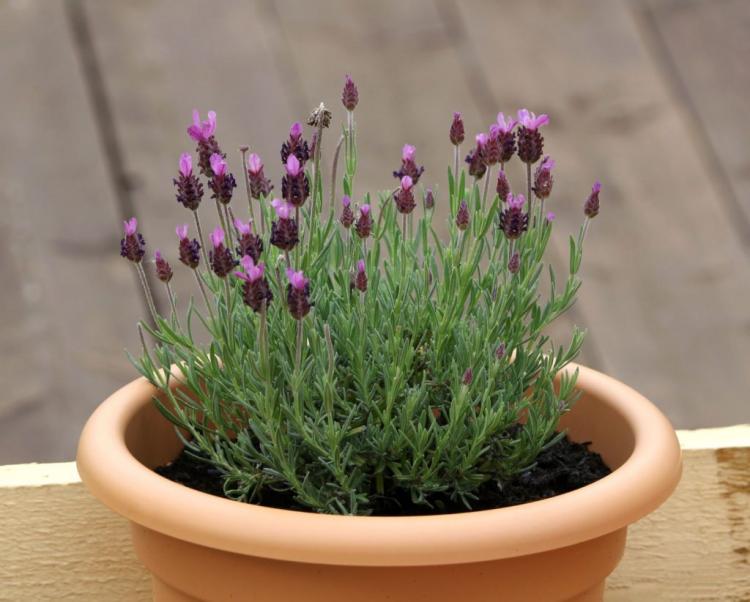
Lavender can be planted in pots, in herb beds or as a low hedge or border [Photo: jacqueline moore / Shutterstock.com]
Plant lavender in the bed
Lavender is an indispensable part of any herb bed. When buying lavender, however, make sure that you choose a hardy lavender variety. Otherwise, you will have to dig up the lavender in winter to overwinter in the pot. Once you have selected the right variety and a suitable location, you should then dig a sufficiently large planting hole. This should be about twice as large as the root ball of the purchased plant. So that the bushy growing lavender has enough space later, you should place the young plants at a distance of about 30 cm.
Once you have placed the plant in the center of the planting hole, you can fill it with soil. Since the lavender originally comes from the rocky regions of the Mediterranean, its need for nutrients and water is rather low. The potting soil used should therefore be permeable and calcareous. Cultivation in a herb spiral is also suitable for small gardens. It is best to place drought-loving plants – such as lavender – on the south or west side in the upper third of the spiral.
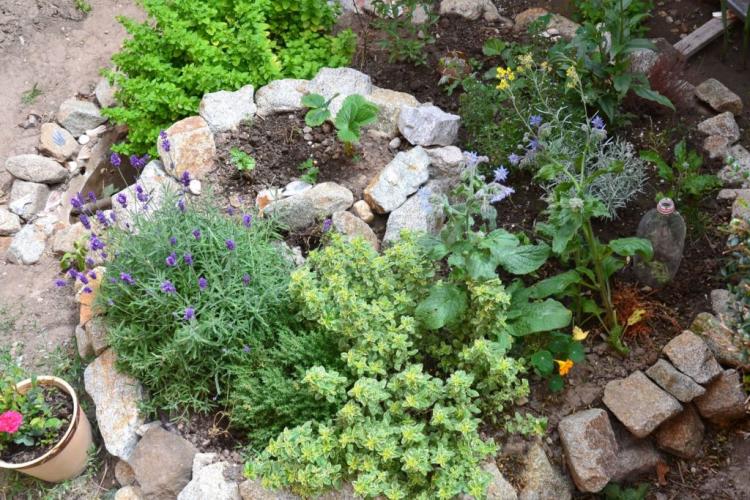
Lavender also looks great in a herb spiral [Photo: terra incognita / Shutterstock.com]
Summary of planting lavender in the bed:
- Not all varieties are suitable for planting outdoors
- Choose a warm, sunny location
- Mix heavy soils with sand if necessary
- Dig a sufficiently large planting hole
- Plan enough distance to other plants
- Fill up with loose, calcareous soil
- Best placed in a herb spiral on the south or west side
- Other Mediterranean herbs are good neighbors
Plant lavender in a pot
In contrast to the cultivation in the bed, the lavender in the pot must be watered regularly. It is therefore best to ensure optimal pot drainage when planting and put a layer of drainage material – such as pebbles – in the pot. In addition, you should pay particular attention to the permeability of the substrate, which can be improved by adding sand. A drainage hole on the underside of the pot and a matching saucer allow excess irrigation water to drain off and thus also help prevent waterlogging.
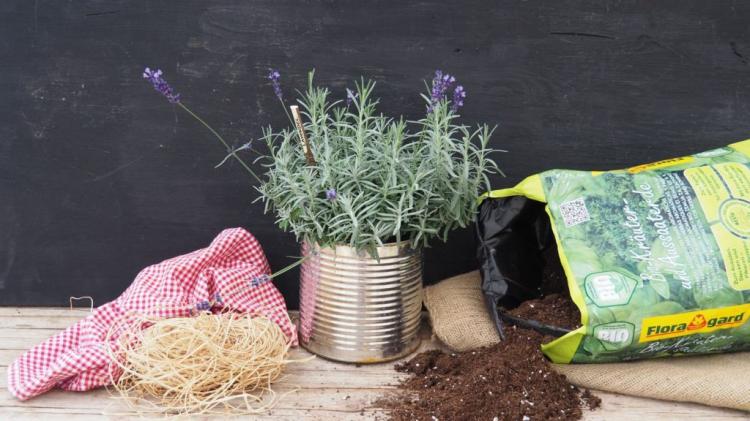
Lavender prefers calcareous, permeable substrate (Advertisement: Many thanks to Floragard)
We have summarized more detailed information about lavender in pots in a special article for you.
Plant lavender as a tree
Since lavender is a semi-shrub, it lignifies with age and, with appropriate training, can even form a trunk. Whether the high trunk is hardy depends on the lavender variety from which it was grown. Check out this article for some hardy lavender varieties for your garden.
If you want to be on the safe side, it is best to plant the lavender tree in a pot. So you can easily move it to cool winter quarters in the house in autumn. When planting, choose a sufficiently large container, because the roots of the lavender need a lot of space. A protected place in the garden or on the balcony is suitable as a location. It is best to fill the bucket with loose, sandy substrate. Fertilization is usually not necessary due to the low nutrient requirements.
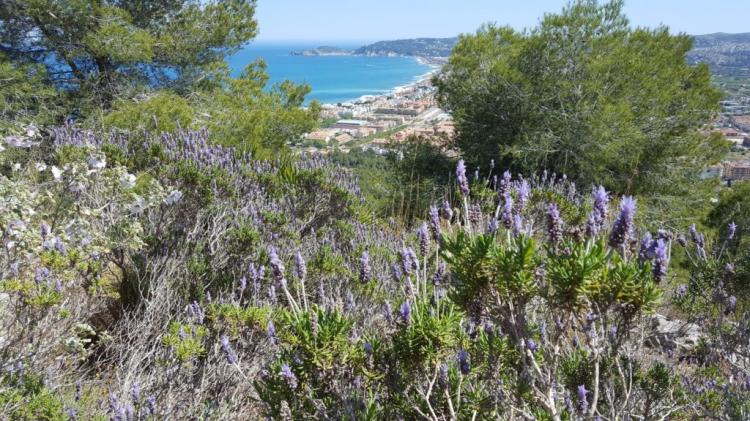
Lavender lignifies with age [Photo: Aleksandr Kalinin / Shutterstock.com]
You can also find tips and tricks for the correct care of the lavender tree in our special article.
Lavender flowering time
While purple-colored lavender fields can be seen in southern France as early as May, the flowers in our latitudes do not open until the end of June at the earliest. The flowering time varies greatly depending on the type of lavender. In addition, the climatic conditions, but also the nature of the soil and the care taken have a major influence on the lavender's bloom.
You can find more information on this in our special article on the flowering time of lavender.


